Ask a Jeweler
by Anna Rasche

1. Can I wear it in the shower?
A question for the ages. Or at least for all of the ages since showers have been invented. The three aspects of your jewelry to consider before bringing it into the bubble bath are: mechanical, metal, mineral.
– Mechanical considerations:
See if there are any nooks or crannies (just ate an English muffin) in your jewelry that might trap water. Think lockets, hollow bangles, or rings with closed-back stone settings. Also, see if any part of your jewelry is threaded on string or glued in place. If any of these features are present, it’s best not to wear that item in water.
– Metals:
Is the piece in question gold, silver, platinum, palladium, stainless steel, or titanium? Congratulations, your jewelry sounds fancy and is shower-safe! Is it copper, brass, bronze, or any other less-fancy metal (a.k.a. base metal)? Take it off! It might turn your neck green!
– Minerals:
Some stones are more delicate than others, and even though pure water shouldn’t hurt any gemstone, the chemicals in shower products can. Organic gems such as amber, coral, jet, shell, and pearl shouldn’t come into contact with chemicals at all (this includes household cleaners and perfume, by the way). Turquoise, opals, emeralds, lapis lazuli, malachite, enamel pieces, and peridots also don’t like chemicals. Any gem not in the aforementioned group probably wouldn’t mind taking a bath with you. But, just because they like to be difficult, pearls and opals — even though they shouldn’t be brought in the shower with you — do need an occasional drink of water to keep from drying out and cracking. The best way to do this is by giving them a rub-down with a damp cloth every few months.
IMPORTANT:
Pools are not the same as showers. This is good to know for both personal hygiene and jewelry-care reasons. The chlorine in pools can potentially dissolve metals used in fine and costume jewelry, plus it’s bad for all those gems that don’t even like to get shampoo on them. Don’t worry if you do dip your jewels in the pool occasionally, as long as you rinse them off with clean water shortly after so the chlorine won’t have time to do any damage.
***
2. Let’s say I’m transfixed by ridiculously expensive, glorious, and life-changing (I can just tell!) antique jewelry, but there’s no way I could come even a tiny bit close to being able to afford any of them, probably ever. (Although who knows!) What’s a good place to find affordable but still interesting (and maybe antique) jewelry that I’d also be excited about?
The old-timey jewels up for auction at places like Christie’s come with a hefty price tag, but for those of us who still consider “Tropical” to be the fancy brand of cheese: Don’t despair! The majority of the cost of most jewelry (antique or modern) comes from the materials used, and since women back in the day also had to be budget-conscious with their jewelry purchases, jewelers of yester-year made awesome pieces out of less expensive materials, too. And today you can find lots of beautiful jewelry from the 19th and early 20th centuries made out of low-carat gold, gold-fill, and silver, as well as paste, semi-precious stones, and even small precious stones, for under $300. And $500 can get you something really neat.
So how can you buy these mystical, attainable, antique treasures?
Find dealers with good reputations and positive reviews from other customers. When you make a purchase, make sure the item you buy is clearly described on your sales receipt (i.e. gold karat weight, type of stones, age of piece). Any honest dealer will have no problem writing a receipt this way, and should willingly accept a piece back if you find that their initial evaluation was incorrect. If you feel like salespeople are pressuring you or being shady, don’t buy from them. Jewelry can be tricky, so don’t get tricked!
A good way to avoid getting scammed is to give yourself a bit of an education before you try to buy stuff. Since at this point you’re not interested in buying super-expensive things, it’s not necessary to be a super-expert, but having SOME knowledge is important. Any book on Victorian or Art Deco jewelry will be useful, as those will be about the time periods/styles you’re most likely to come across when buying. If you can’t make it to the library, there’s a neat website called Antique Jewelry University that has a lot of good information. And looking around on websites like Etsy, Ruby Lane, and eBay will give you an idea of what sort of prices things go for. The old adage, “If it’s too good to be true, it probably is,” should also be kept in mind when purchasing jewelry — if someone offers to sell you a diamond ring for $100 that you see selling for $1,000 everywhere else, there may be something suspicious afoot. When buying things online, it never hurts to do an image search of the piece you’re considering to see if the same thing pops up anywhere else. If you see more than one of the exact same item, it may be a reproduction.
If you’re shopping at a retail store, don’t be afraid to tell the dealer your budget and ask if they have anything worthwhile in that price range. Most dealers are in the business because they love talking about antique jewelry (surprise), and are willing to share information (and possibly negotiate price) with those who ask. Just make sure to be respectful of the dealer’s time; if you’re shopping with a $75 budget in a store that mostly sells things over $5,000, don’t take the whole afternoon to make your purchase. Being polite and creating a good relationship with a dealer can be your ticket to better prices and first-dibs on rare pieces in the future.
Below is a list of some brick-and-mortar and internet places that may have what you’re looking for.
– Some businesses with good reputations in the NYC area: Erie Basin, Gray & Davis, LTD., Doyle & Doyle, and Erica Wiener. (Don’t expect to find a ton of stuff at bargain-basement prices in these shops, but they do carry a small selection of wonderful pieces in $200 — $600 range.)
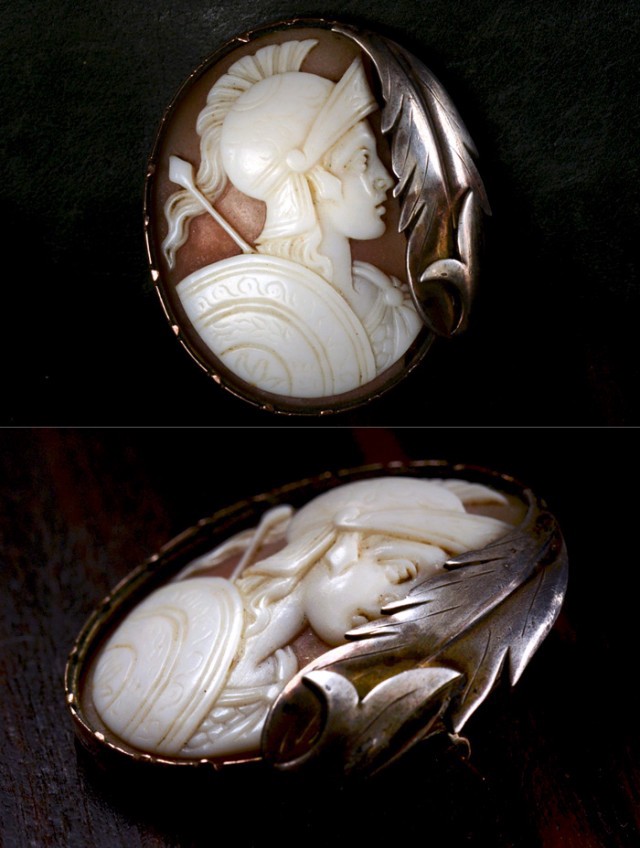
Victorian Cameo Brooch from Erie Basin, $265
– Some good places on the internet: Prather Beeland, The Deeps, Vintage Diamond Junkie, and Addy’s Vintage.
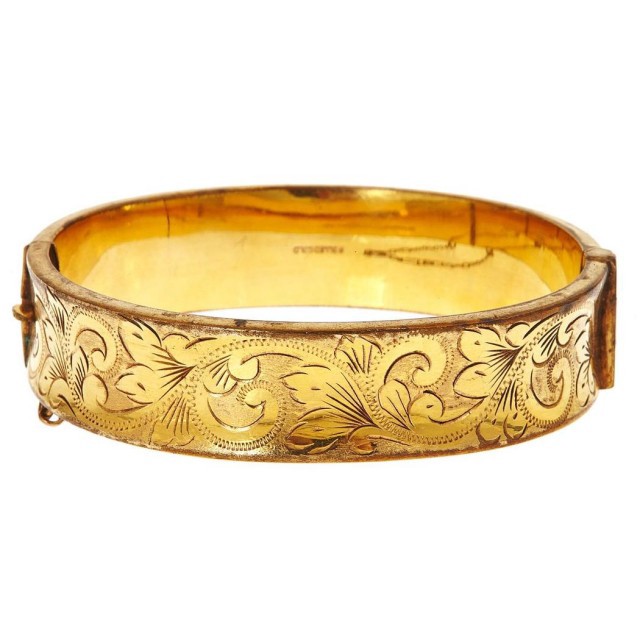
Antique Rolled-Gold Bangle from Prather Beeland, $245
– Last word of advice: Don’t buy something just because it fits the budget, better to save up and buy one thing you love then two things that are just “meh.”
***
3. I’ve been more into stones than gems recently — this bodes well for pricing, right? What are some cool stones? Haha: “What are some cool stones.” But I guess maybe suggestions for overlooked but nevertheless fascinating stuff?
Not to get caught up in semantics, but “gem” refers to anything you put in jewelry to make it look fancy. A gem can be a crystal, like diamond (composed of the same molecule); or a rock, like lapis lazuli (a bunch of different kinds of molecules all smashed together); or something organic (like pearl, ivory, or shell).
BUT I totally know what you mean, and YES there are lots of cool stones that don’t fall into the diamond/emerald/sapphire/ruby genre. This other category of gems, often referred to as “Semi-Precious” for those who like broad terms, can be beautiful, interesting, and, above all, affordable.
I perused Etsy and found some good examples of more stone-like gems that I think are neat. As of right now, all are available for purchase and range from “super affordable” to “reasonable splurge”:
Agate: Used in jewelry since time immemorial, agate is a member of the quartz family and comes in infinite varieties.
- Banded agate, also called sardonyx, is the base material for a lot of cameos.
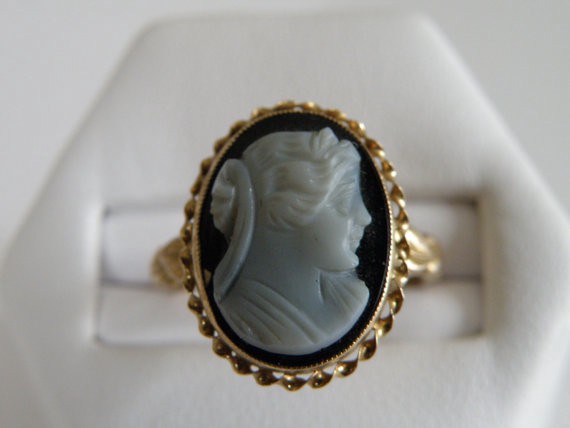
- Dendritic Agate looks like a tiny painting of tiny trees!
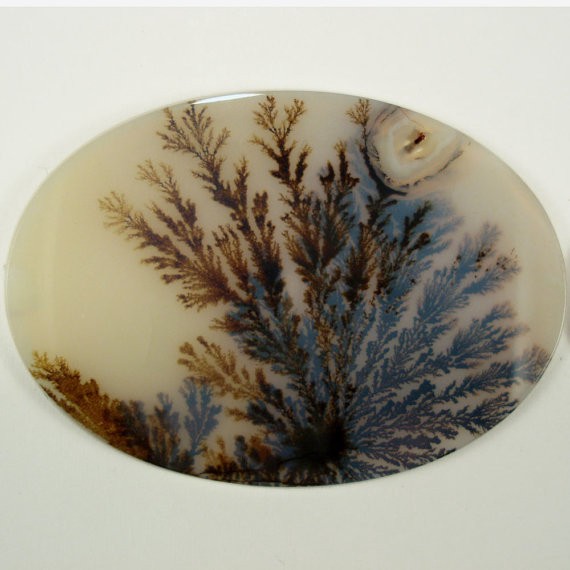
- Carnelian has a lovely, translucent brick red color and was often used to make signet rings.
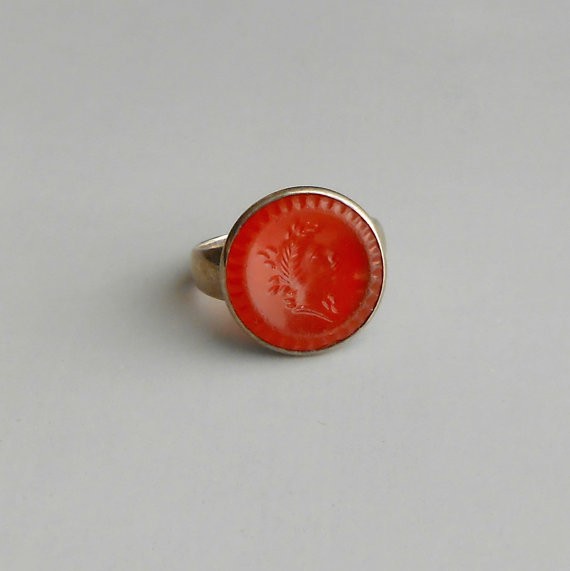
Antique Carnelian Intaglio Ring
- Onyx makes any piece look sleek and sophisticated. Plus it’s the name of a pokemon!
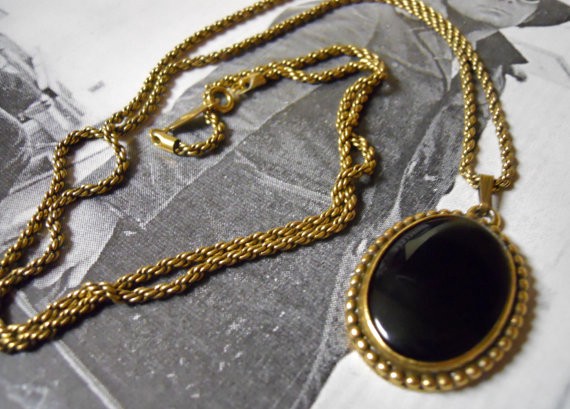
- Rutilated Quartz: This stone is gaining popularity and doesn’t always come that cheap, but you gotta love the interesting patterns created by golden needles of rutile poking their way through clear crystal.

Rutilated Quartz Solitaire Pendant
- Malachite: This swirly green stone reminds me of mahogany.
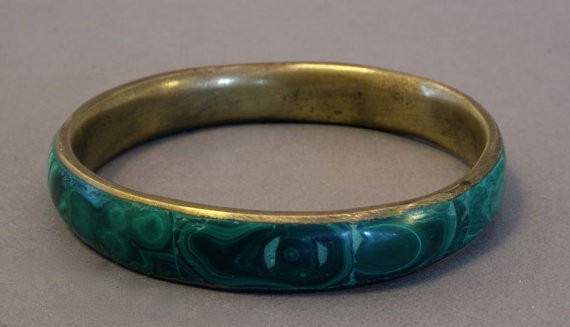
- Lapis Lazuli: Lapis is always a classic. Tiny gold flecks of pyrite dot the deep blue background of this handsome rock to create a beautiful starry night.
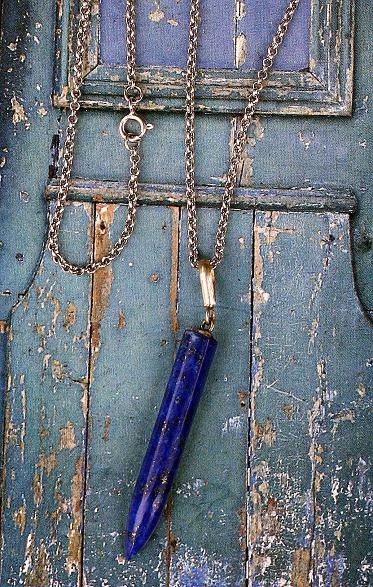
Afghan Lapis Lazuli Tooth Pendant
- Azurite — Malachite: When a Lapis Lazuli and a Malachite love each other very much…

- Labradorite: Although this stone unfortunately has nothing to do with puppies (it’s named after the region in Canada where it was first mined), I still love the stormy iridescence that appears anytime the stone is hit with light.
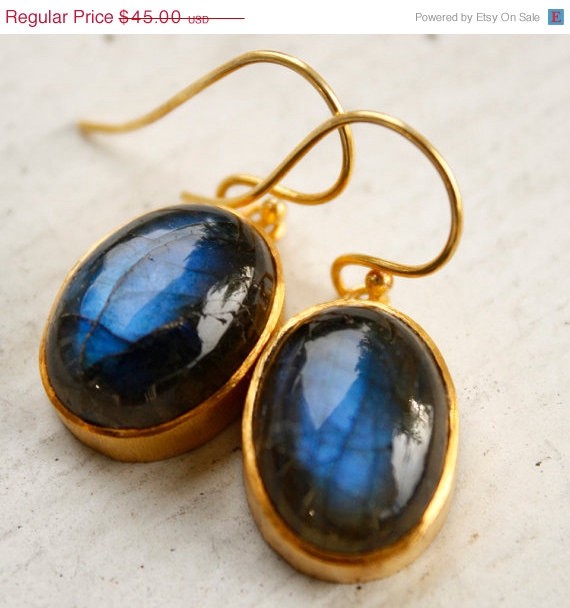
- Persian Turquoise: “Persian” is a trade term describing turquoise that’s bright, robin’s-egg blue, and lacks the dark veins usually seen in turquoise.

Vintage Persian Turquoise Ring
- Druzy: Almost any gem can be a druzy … they form when a bunch of tiny crystals coat a fracture in a stone. A lot of times they’re heat-treated to induce crazy coloring.

Tiny Rainbow Druzy Studs in Sterling
Okay, so those are 10 cool stones to get you started! There are dozens and dozens more out there, let these be a jumping-off point for your further gemological explorations.
***
4. Jewelry’s so personal, but do you think there are any good rules of thumb for jewelry-giving? Good, simple stuff that will never go out of fashion?
First things first: Is it romantic jewelry or platonic jewelry? Make sure the intended recipient understands which it is. (Rings can be especially tricky.) They do understand? Okay, good. Next thing: Pay attention to what sort of jewelry the person wears every day. Do they always wear the same necklace their grandma gave them? Then maybe don’t buy them another necklace. Do they generally wear gold or silver? Big chunky things or tiny delicate things? Do they even wear jewelry at all?! If you have a good idea about the answers to these questions, you’re on the right track.
The classics:
– PEARLS, PEARLS, PEARLS.
Yes, that was a Motley Crue reference, and no, you don’t have to be a fancy WASP-y lady to appreciate a nice strand. Prior to Mikimoto Kōkichi’s early 20th-century commercial pearl farming success in Japan (a topic for another day), pearls were one of the most valuable gemstones on the planet. But Mikimoto believed that every woman should be able to afford nice pearls, and gosh darn it if he didn’t make his dream a reality. A lot American GIs returning home from Japan after WWII gave their wives and sweethearts pearl necklaces (not that kind … well … maybe that kind too), and pearls have been a staple in American women’s jewelry boxes ever since.
Today, massive amounts of good-quality pearls of every size are exported from East Asia, and it’s easy to find pearls of all sorts in fun, dyed colors or wonky shapes, if your recipient likes more unique pieces.
– Studs
If pearls feel a little too formal, stud earrings are always classic (pearl or any other gemstone). Studs are subtle, versatile, and work with all those day job-to-fancy club outfit transitions that women’s magazines always seem to be mentioning.
– Birthstones
Who doesn’t like a gem that’s just for them? Yeah, yeah, I know, the current standard birthstone list only dates to 1912 and was created by jewelers who needed to sell stuff, but when you’re in a pinch for a birthday gift, birthstones can be helpful. For a current birthstone list go to the American Gem Society.
And yes, it’s okay to be jealous of people born in April.
– Chains
I love super long chains that can be doubled or tripled up. So elegant. Gold, silver, strung with beads, whatever. Bonus points if the chain has interesting links.
– Text
Any piece of jewelry can be made special by having a nice message engraved on it. The insides of rings, bangle bracelets, or pendants are good places to write “secret” messages. Don’t know what to say? Go with the always-acceptable initials and/or special date. Most jewelers can do an engraving job even if they don’t have an in-house person, although some shops may prefer to engrave only pieces purchased there. Expect to pay between $20 and $100, depending on the complexity of the engraving.
In the end, I agree that jewelry IS a very personal thing when done right, and the best way to give a good gift is to make sure there’s lots of love behind it.
Anna Rasche works in the Diamond District by day, and helps run the Society for the Advancement of Social Studies by night. She enjoys good cheese and bad puns. Ask her anything.